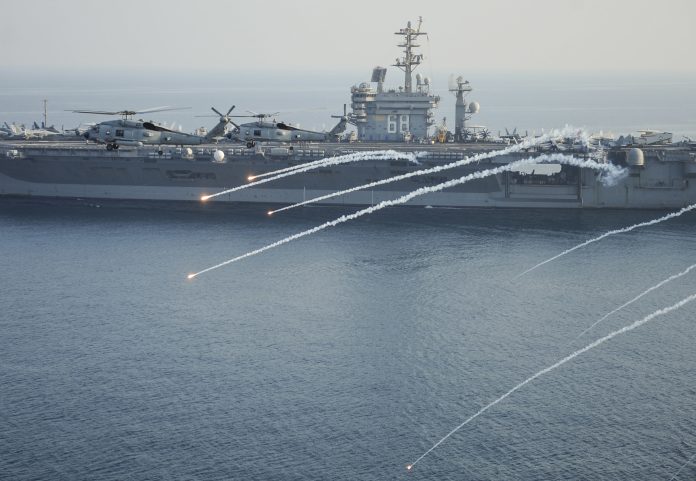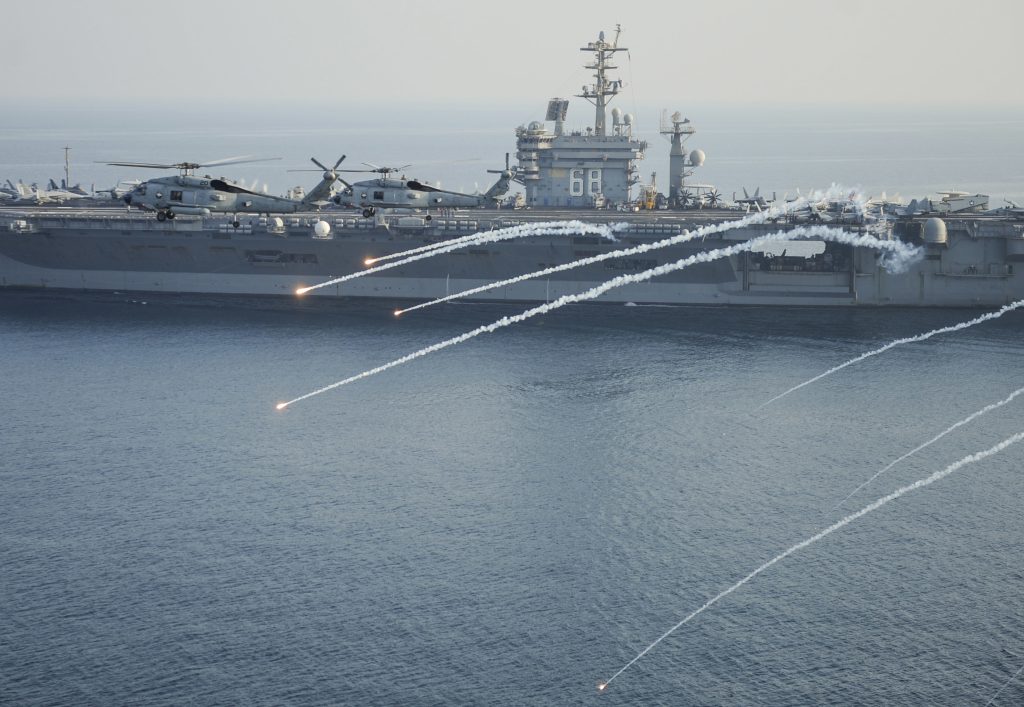
How does an ostensibly impenetrable air defense network succumb to a few small drones? The recent Ukrainian strike on Russia’s S-400 Triumf system in Crimea offers a revealing answer. In late June 2025, Ukraine’s elite Ghosts unit orchestrated a highly coordinated drone assault that either destroyed or severely damaged crucial components of one of Russia’s most advanced air defense systems. This was not just a tactical win it was a symbolic blow to the perceived invincibility of high-tech, high-cost defense platforms. The strike demonstrated that even the most sophisticated systems can be overwhelmed by smaller, agile, and cheaper weapons when deployed with precision and ingenuity. It raised serious questions about the effectiveness of static, expensive defense infrastructure in the face of fast-evolving and asymmetric threats.
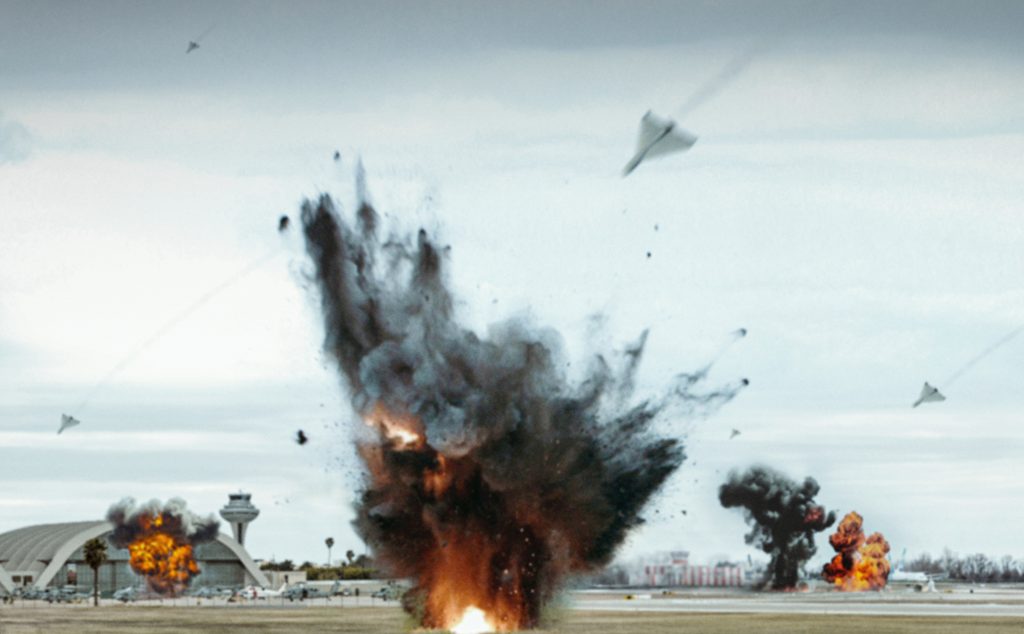
Beyond the battlefield, the mission underscored a broader shift in the nature of modern warfare. Traditional advantages like superior firepower, entrenched positions, and costly radar systems are no longer guarantees of security. Instead, speed, adaptability, and creativity hallmarks of asymmetric warfare are proving decisive. Ukraine’s Ghosts, leveraging real-time intelligence and swarming tactics, showcased how unconventional strategies can level the playing field. This incident serves as a fresh and critical case study for military planners and technologists worldwide, illuminating the increasingly blurred lines between conventional military power and innovative disruption. The offense-defense dynamic is being rewritten in real time.
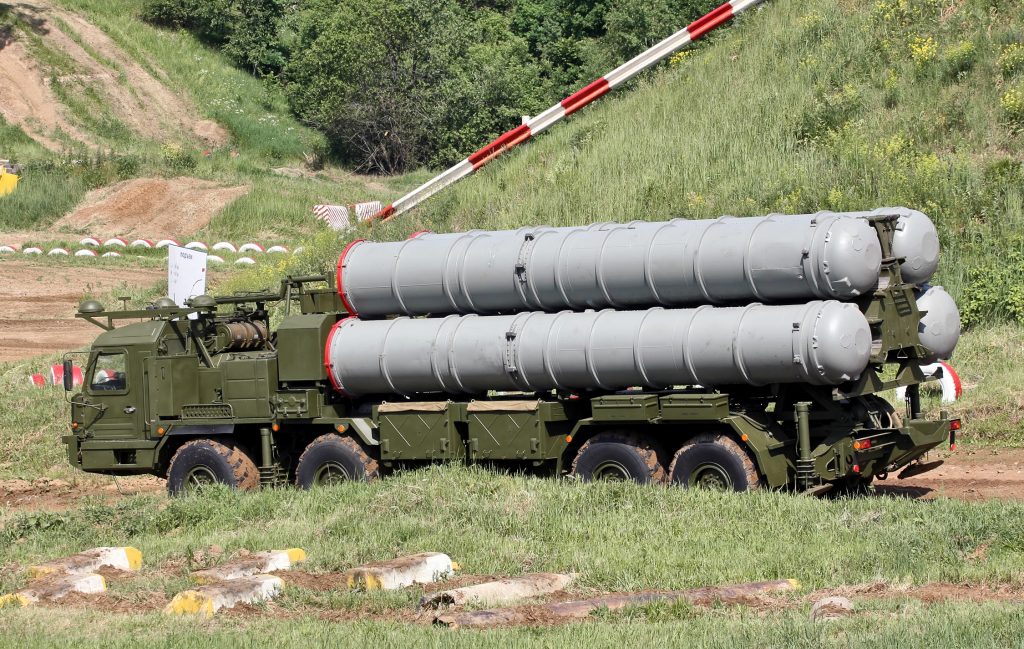
1. The Anatomy of the S-400 Strike: Eyes and Ears Targeted
On June 26, 2025, Ukraine’s HUR confirmed that its high-flying Ghosts unit had hit a Russian S-400 air defense system in Crimea. The strike targeted the system’s most prized assets: two 91N6E ‘Big Bird’ long-range target acquisition radars, two 92N6E multifunction fire control radars, and a missile launcher. According to the HUR, “Radars are the eyes of an enemy air defense system. Without them, anti-aircraft systems become ineffective.” Losing these radars, which have a range of detecting threats of up to 600 kilometers and guiding up to 72 missiles simultaneously, significantly hinders the S-400’s capacity to defend Russian airspace. The attack was launched with precision, using suicide drones, reportedly, overwhelming local defenses and striking quickly in succession, as outlined by Ukrainian and open-source intelligence.
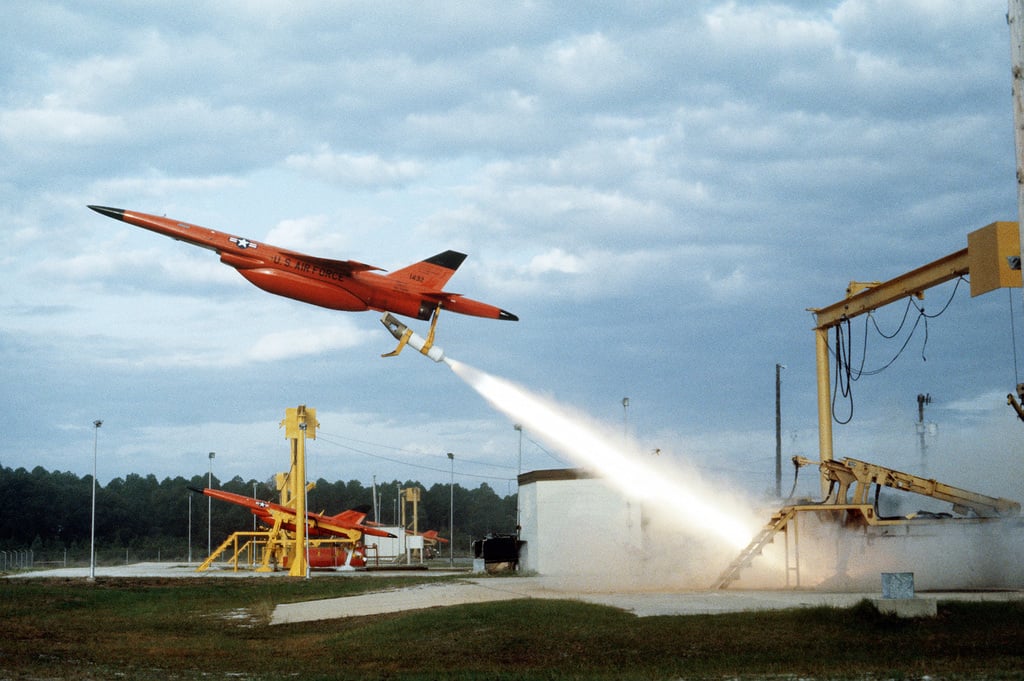
2. Asymmetric Warfare: Low-Cost Drones vs. High-Tech Monoliths
The Crimea attack is representative of a larger shift in military planning, in which low-cost, unmanned platforms are employed to counter costly, high-value targets. As observed by Euromaidan Press, the Ukrainian Ghosts unit probably used FPV (first-person view) drones, potentially launched by carrier drones in maritime, to avoid conventional defenses. The tactic is indicative of how asymmetric tactics can outflank even the most advanced air defense systems. The S-400, which was once hailed as all but invulnerable, was breached by drones that cost a fraction of its components. This action proves that the era of supremacy through raw firepower is giving way to an era of battlefield creativity and adaptability.
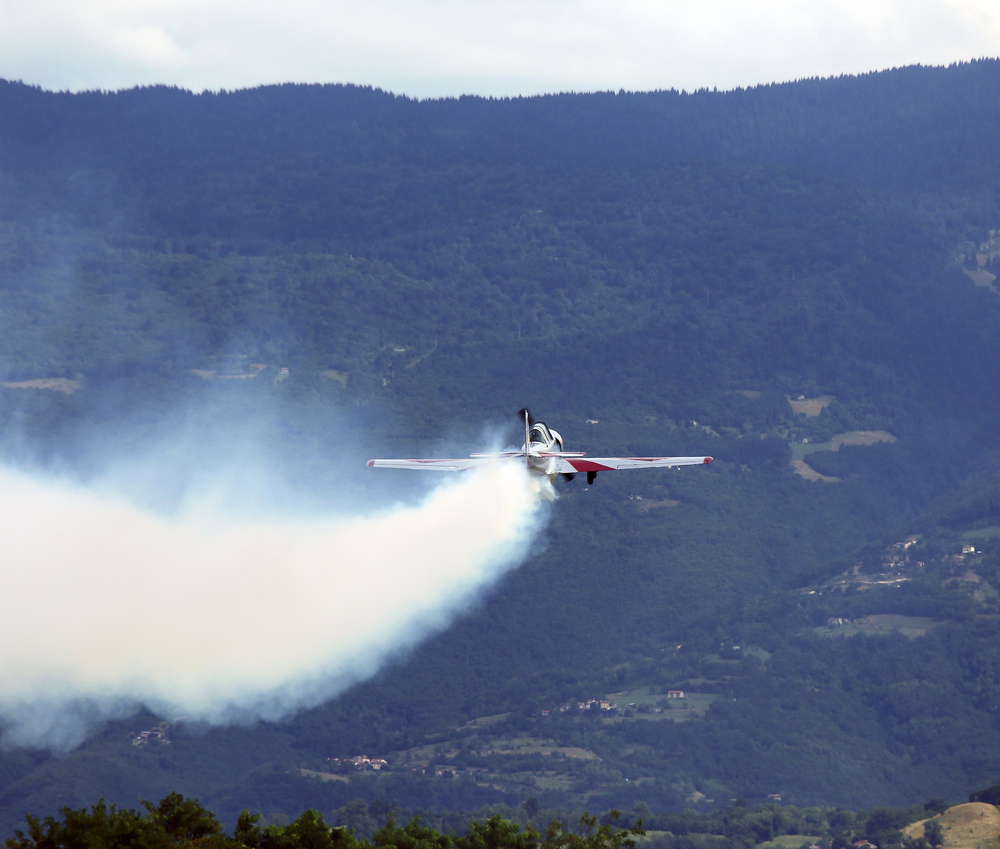
3. Russian Air Defense Weaknesses Exposed
The destruction of two 91N6E radars and two 92N6E fire control radars in one action is a serious blow to Russia’s capability to scan and dominate the skies over Crimea. Not only are these radars costly and difficult to replace, but their destruction imposes instantaneous blind spots within the air defense structure of the region. As analysts explain, their high electromagnetic signatures and fixed deployment made them vulnerable to detection and precision targeting. The attack also highlights Russia’s difficulty in resupplying such sophisticated systems in view of continuing sanctions and supply chain interruptions. This weakness is further magnified by the fact that the system relies on centralized, far-out sensors with minimal protection against low-flying drone attacks.
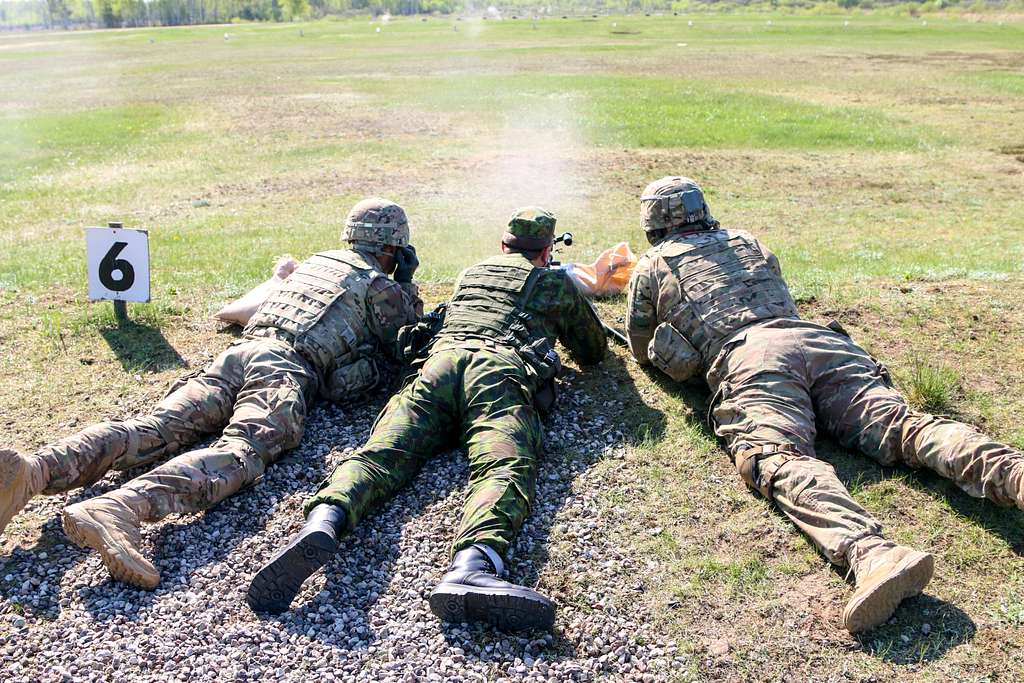
4. The Ghosts: Ukraine’s Elite Drone Unit and Their Tactics
Ukraine’s Ghosts unit, or as they are also called Prymary, have become the force to be reckoned with as the war of drones is being waged. Their tactics involve stealth, precision, and flexibility. During the Crimea strike, the Ghosts allegedly employed real-time intelligence from reconnaissance drones or satellite imagery to identify radar positions prior to launching a coordinated attack using suicide drones. This strategy of saturating local defenses with successive, simultaneous attacks is increasingly becoming a signature of Ukrainian drone warfare. As recent accounts attest, the Ghosts have attacked prized Russian assets repeatedly, wearing down the Russian air defense capabilities in the region incrementally.
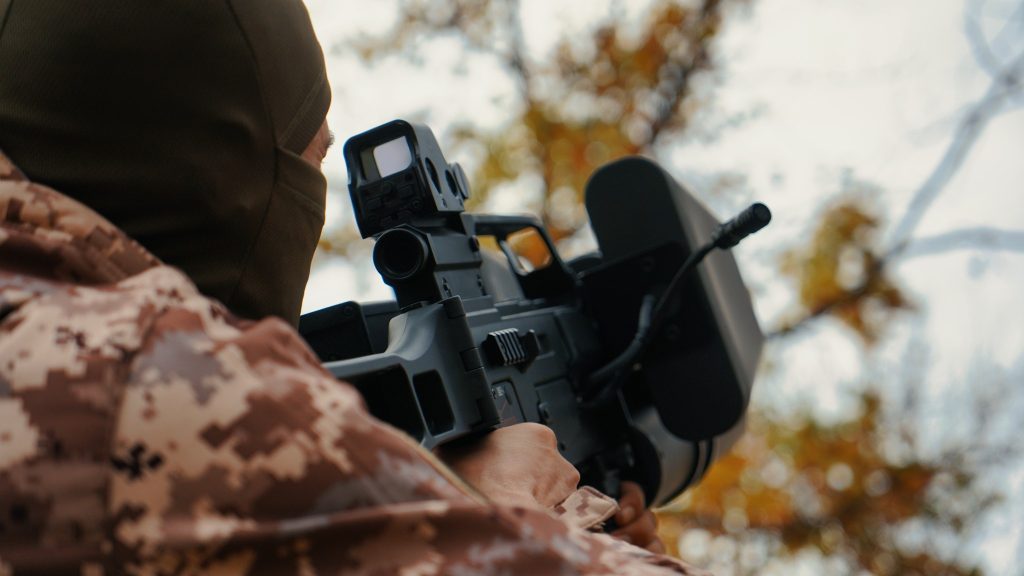
5. Russia’s Adaptation Struggle: Tactical Ease, Strategic Drag
The Russian armed forces have shown a capability to undertake quick tactical adjustment, using state-of-the-art electronic warfare assets and hand-held jammers in response to the drone threat. But as set out in more recent analysis, these efforts tend to be several months behind Ukrainian innovation. Though Russian interception levels against drones have increased, the most vital assets like strategic bombers and air defense radars are still susceptible to synchronized, multi-axis drone attacks. The budget-effectiveness of the Ukrainian drones to compel Russia to use much more costly interceptors puts additional economic pressure on these strategic weaknesses. Further, irreplaceable systems like the S-400 radars lost due to drone attacks proportionately affect the overall military capability of Russia.
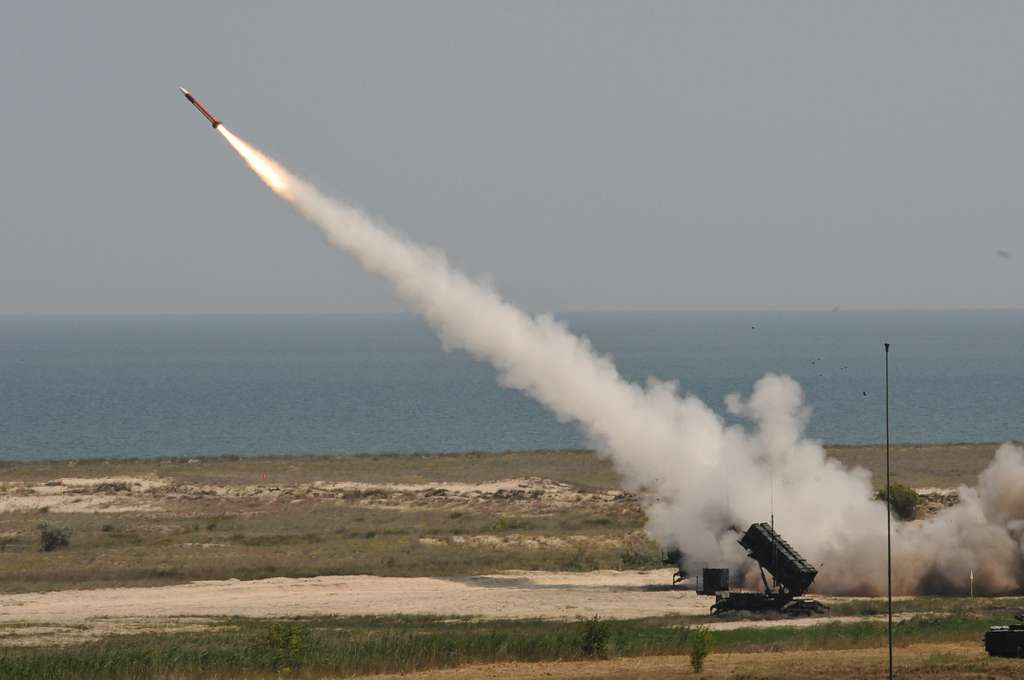
6. Wider Strategic Ramifications: Implications for NATO and the Global Military
The operation in Crimea is more than a loss for Russia; it is a wake-up call to the world’s advanced militaries. As defense analysts have noted, the susceptibility of high-value targets to low-cost, clandestine drone attacks highlights systemic vulnerabilities in conventional air defense configurations. The requirement for multi-layered, adaptive defenses integrating long-range sensors, nimble counter-drone systems, and electronic warfare is here to stay. The strike also questions the survivability of Western systems such as Patriot and THAAD in comparable threat environments. The Crimea lessons are already leading NATO planners to rethink how to defend strategic assets against the next generation of aerial warfare.
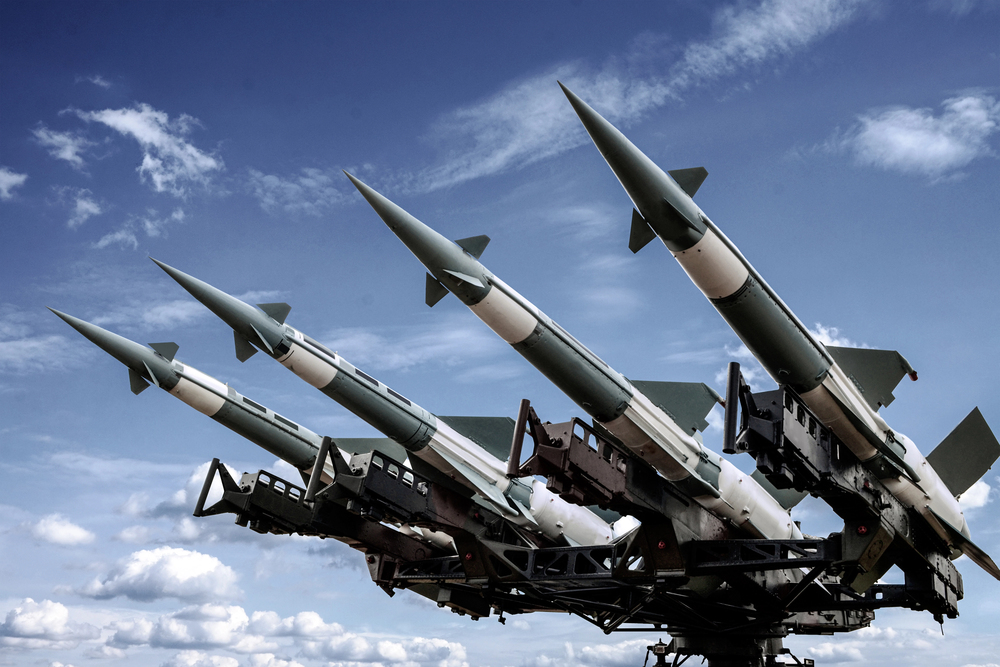
7. The Future of Air Defense: Innovation, Resilience, and Decentralization
The success of Ukraine in breaching one of the world’s most sophisticated air defense systems indicates a larger paradigm shift. The convergence of new technologies, adaptive tactics, and strategic awareness is leveling the balance between technologically asymmetric rivals. As recent operations have shown, the future of air defense will increasingly rely not just on technological advantages but also on capacities for adaptability, decentralization, and rapid innovation. For Russia, the test lies in rebuilding and consolidating its defenses under economic and industrial duress. For Ukraine and the Ukrainians’ allies, the future is keeping the initiative through adaptive change and the incorporation of new technologies.
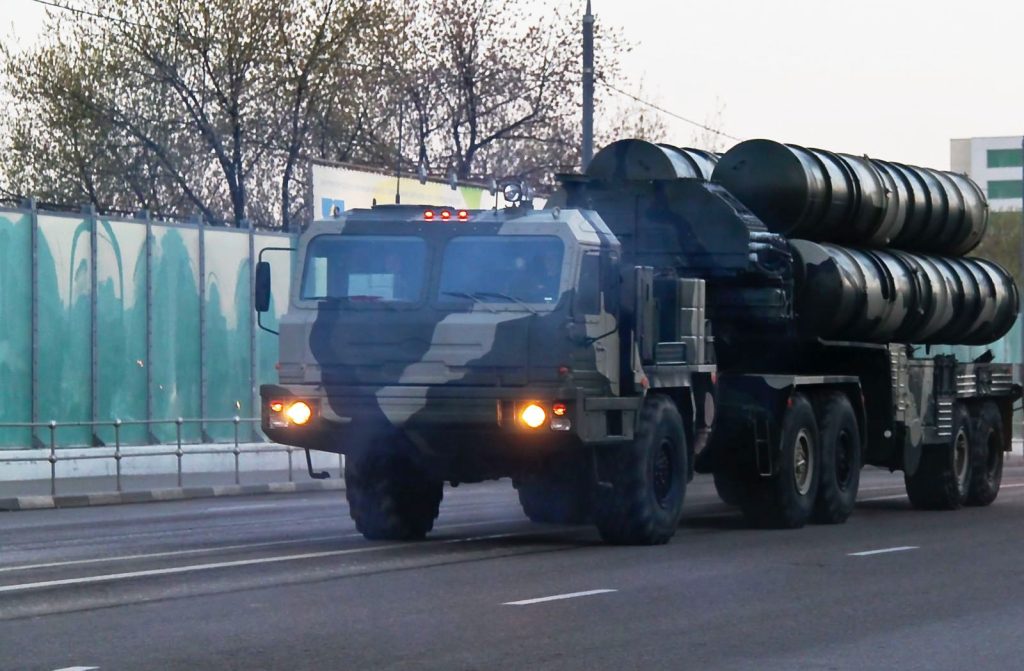
The June 2025 drone attack on Russia’s S-400 system in Crimea is not only a tactical success for Ukraine but a turning point in the progression of contemporary warfare. It emphasizes the long-term worth of ingenuity and resilience against technological brute force, and it is a reminder to militaries across the globe. With continued drone warfare redefining the etiquette of combat, the Crimea experience will influence future air defense strategy, innovation, and sustainability.
